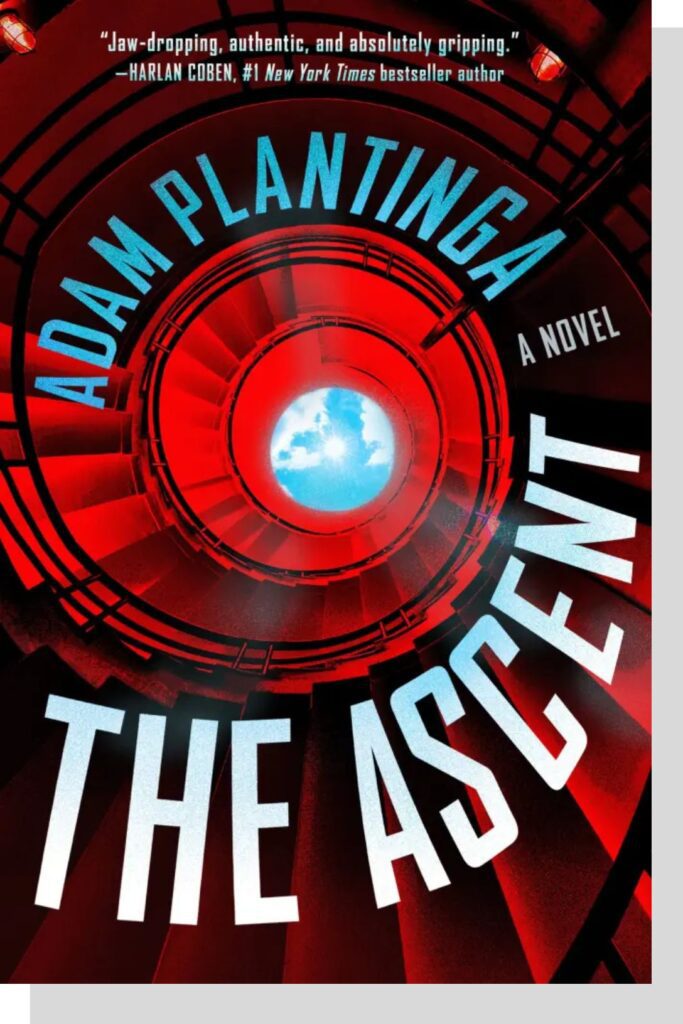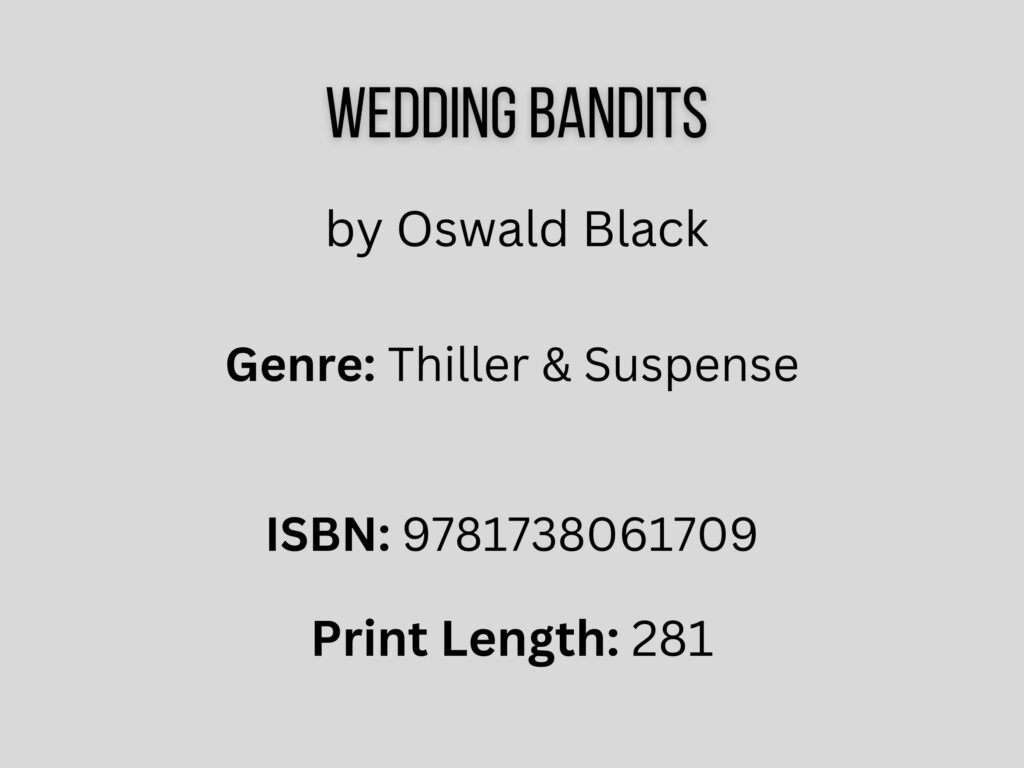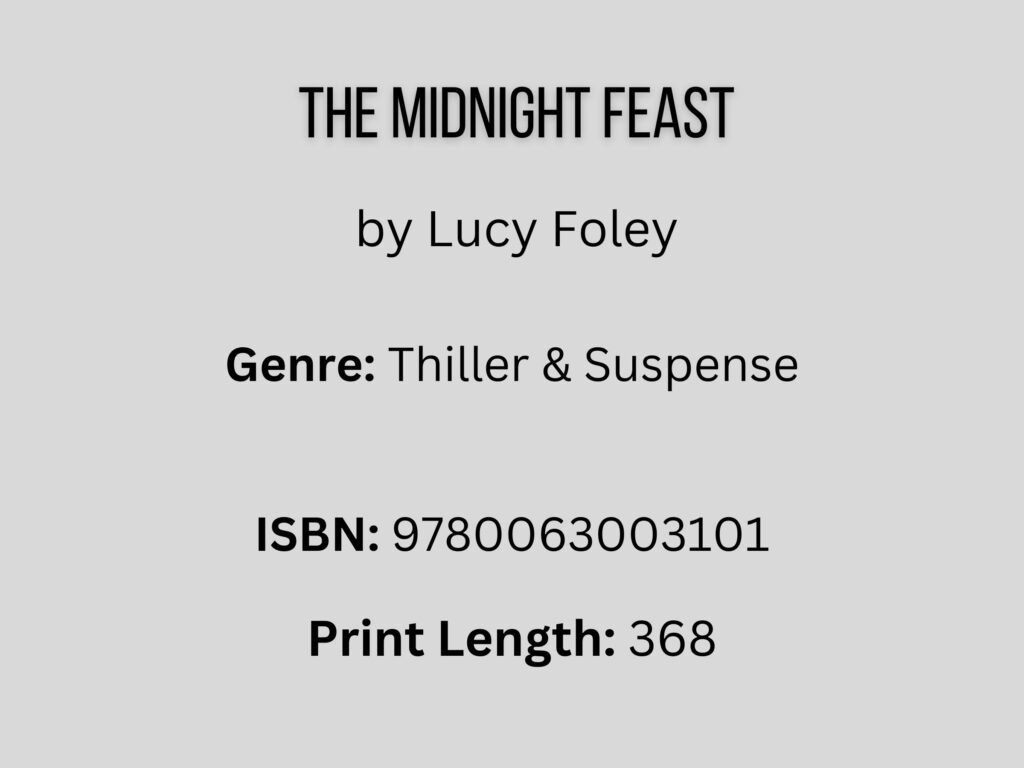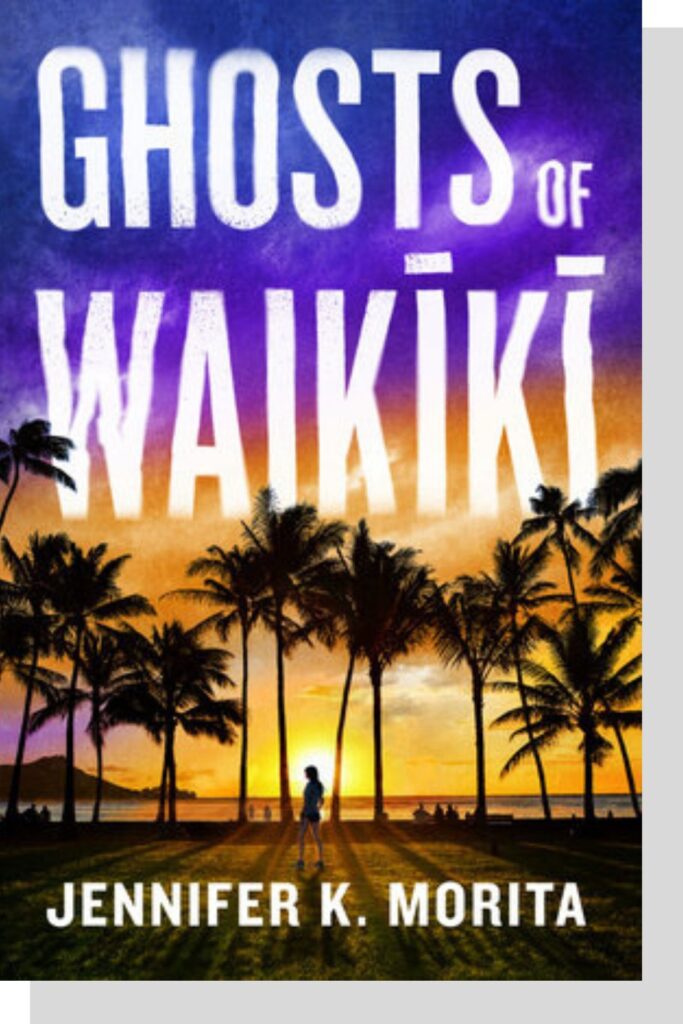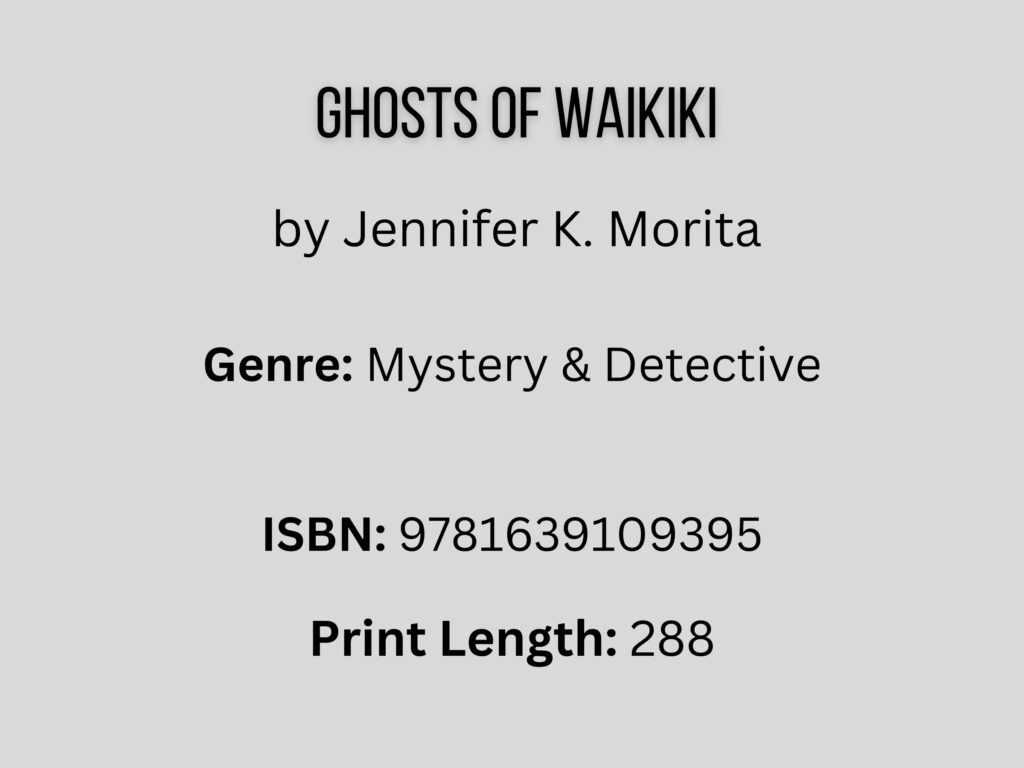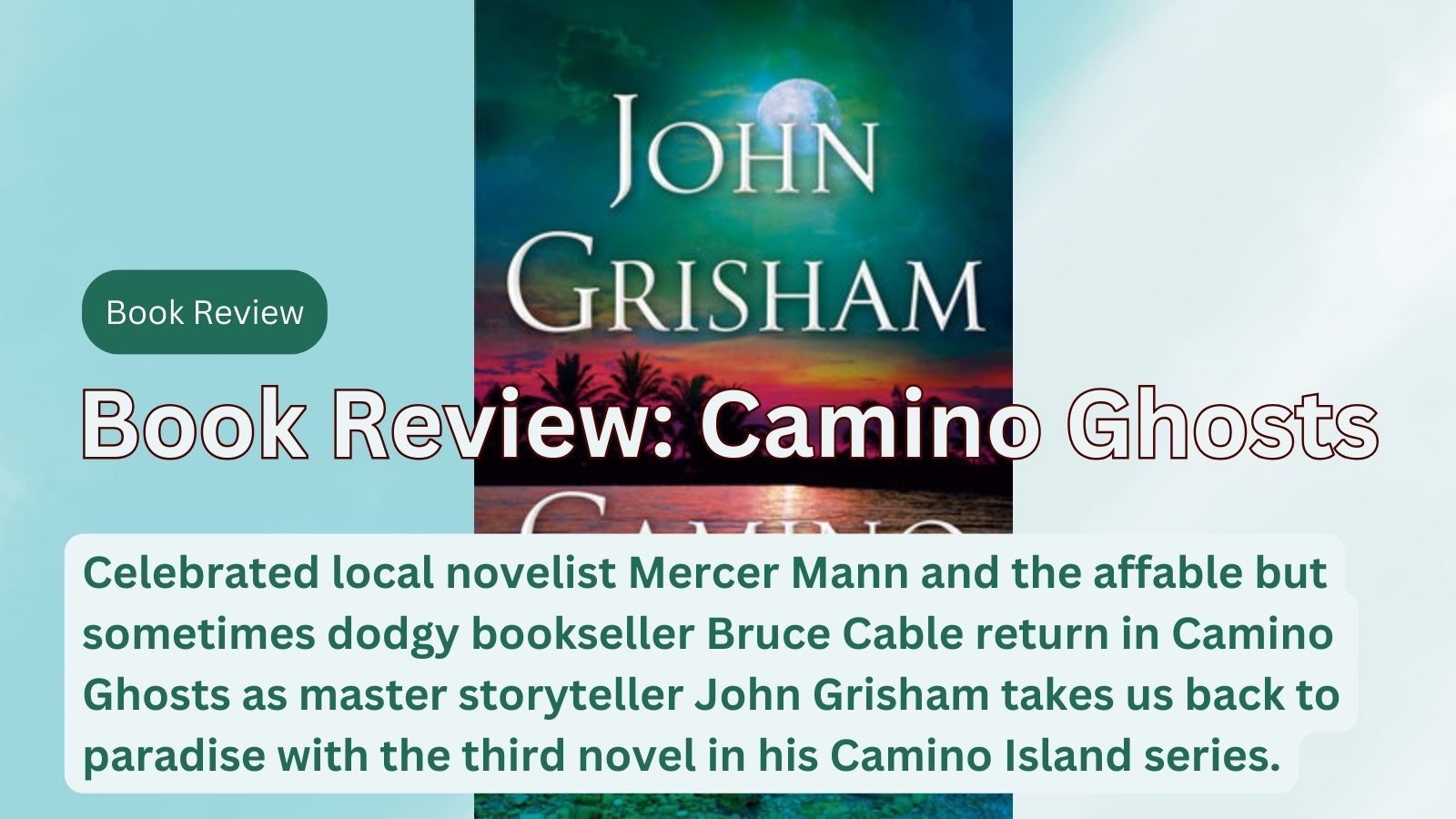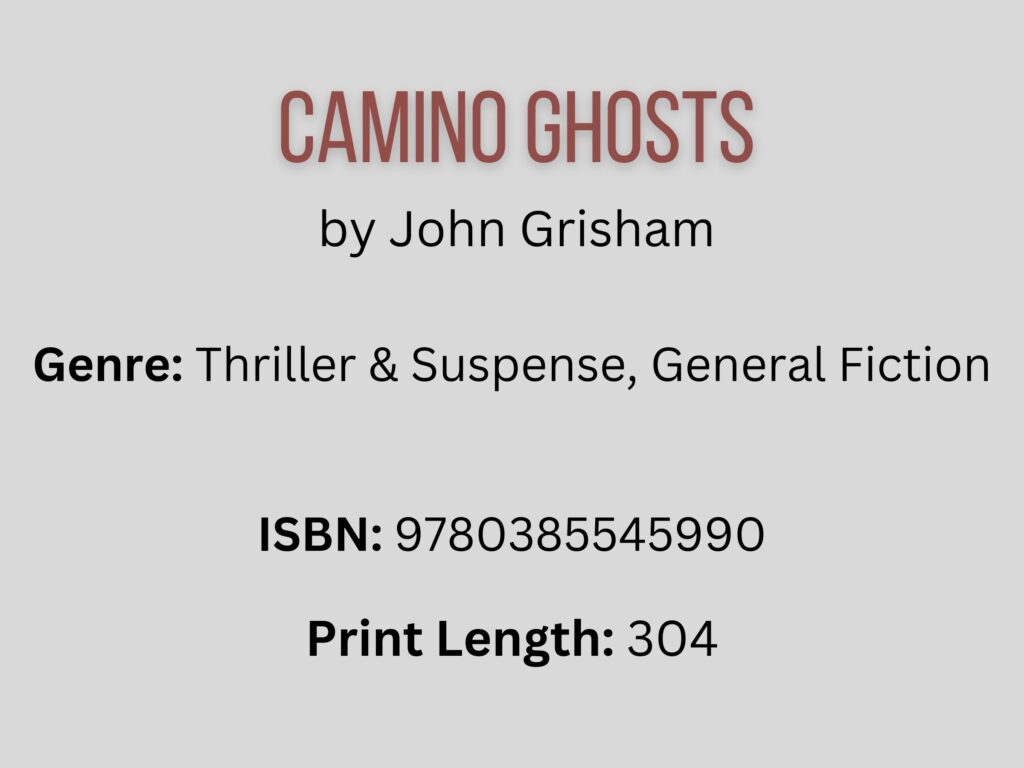Shrouded by Sólveig Pálsdóttir Book Tour

I have many Icelandic crime fiction author favorites and Sólveig Pálsdóttir is certainly among them. Having thoroughly enjoyed her novel Harm, I was thrilled when invited to participate in the blog tour for Shrouded.


Sólveig Pálsdóttir trained as an actor and has a background in the theatre, television and radio. In a second career she studied for degrees in literature and education, and has taught literature and linguistics, drama and public speaking, and has produced both radio programmes and managed cultural events. Her first novel appeared in Iceland in 2012 and went straight to the country’s bestseller list. Her memoir Klettaborgin was a 2020 hit in Iceland. Sólveig Pálsdóttir has written seven novels featuring Reykjavík detectives Guðgeir Fransson and Elsa Guðrún in the series called Ice and Crime. Silenced received the 2020 Drop of Blood award for the best Icelandic novel of the year and was Iceland’s nomination for the 2021 Glass key award for the best Nordic crime novel of the year. Shrouded is the series’ fourth book to appear in English. Sólveig lives in Reykjavík.
A retired, reclusive woman is found on a bitter winter morning, clubbed to death in Reykjavik’s old graveyard.
Detectives Guðgeir and Elsa Guðrún face one of their toughest cases yet, as they try to piece together the details of Arnhildur’s austere life in her Red House in the oldest part of the city.
Why was this solitary, private woman attending séances, and why was she determined to keep her severe financial difficulties so secret? Could the truth be buried deep in her past and a long history of family enmity, or could there be something more? Now a stranger keeps a watchful eye on the graveyard and Arnhildur’s house.
With the detectives running out of leads, could the Medium, blessed and cursed with uncanny abilities, shed any light on Arnhildur’s lonely death?
Quentin Bates has personal and professional roots in Iceland that go very deep. He is an author of series of nine crime novels and novellas featuring the Reykjavik detective Gunnhildur (Gunna) Gísladóttir. In addition to his own fiction, he has translated many works of Iceland’s coolest writers into English, including books by Lilja Sigurðardóttir, Guðlaugur Arason, Einar Kárason, Óskar Guðmundsson, Sólveig Pálsdóttir, Jónína Leosdottir, Ragnar Jónasson and elusive Stella Blomkvist. Quentin was instrumental in launching Iceland Noir in 2013, the crime fiction festival in Reykjavik.


The book opens with our introduction to Arnhildur, an elderly retired woman, hunched over her dining room table squinting at an employment advert. Even at her advanced age, it seems she is looking for work. She has difficulty making out the fine print without her eyeglasses, struggles to grasp the requirements of the position, and notices the stiffness in her joints brought on by the cold weather and the ache in her shoulders.
The scene, the woman’s age, and that she doesn’t seem in the best of health poses the question of why she is seeking employment. Perhaps she is facing financial difficulties. It appears she lives alone as the opening scene communicates a feeling of loneliness and desperation. In just a short narrative of a few pages, I already felt sympathy for Arnhildur and was curious to know more about her and her circumstances, which appears bleak.
In the next scene, Arnhildur attends a seance along with six other people, which surprised me. Having already formed an impression about Arnhildur, she didn’t seem the type. The story continues to unfold in third person, giving us the benefit of multiple viewpoints from the various characters. When the seance ends, Arnhildur walks home in the bitterly cold evening, but doesn’t make it. Along the way, shockingly, someone attacks and murders her. Enter our main characters, Guðgeir Fransson and Elsa Guðrún of Reykjavik CID, called to the scene to investigate.
I last met Guðgeir Fransson and Elsa Guðrún while reading the novel Harm. I really like these characters. I think because they aren’t flashy, just two rather ordinary, but competent police officers who work well together and go about their business professionally. It makes them seem more real and engaging.
After identifying Arnhildur through her mobile, the investigators visit her flat, interview other tenants who live in the building, and begin building a picture of the victim, the first step in any homicide investigation. Clues are thin, but the investigators tease out enough details from them to keep the investigation moving forward. This gives the novel satisfying pacing.
Midway through the book, I felt sure I had identified the killer, but was wrong. That’s because Sólveig Pálsdóttir presents the reader with several viable suspects and does an excellent job hiding the true killer in plain sight until the very end. Along the way, Guðgeir Fransson and Elsa Guðrún, uncover a separate but related crime and quickly identity the perpetrator, which makes for an interesting side piece in the story.
I truly enjoy Sólveig Pálsdóttir’s straightforward writing style, with never a wasted word. An excellent storyteller, she creates engaging characters, keeps the suspense building, and effectively uses the cold, often dark, forbidding atmospheric setting of Iceland to great effect. In this novel she captured my attention and imagination quickly and held it until the last pages, where she offers one last unexpected but shocking twist.
Shrouded is perfect for those who enjoy great Icelandic crime fiction and should appeal to any fan of solid mystery and detective novels. Quentin Bates had done his usual fabulous and impeccable job of providing English speakers with a smooth translation of another entertaining Icelandic crime tale.
Corylus Books Ltd published Shrouded on July 20, 2024.
Book rating: ★★★★★






